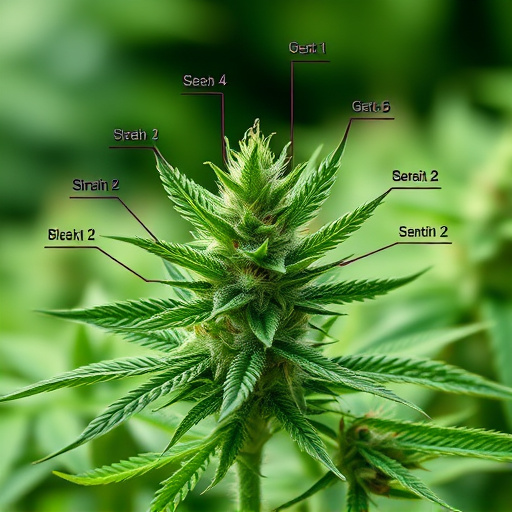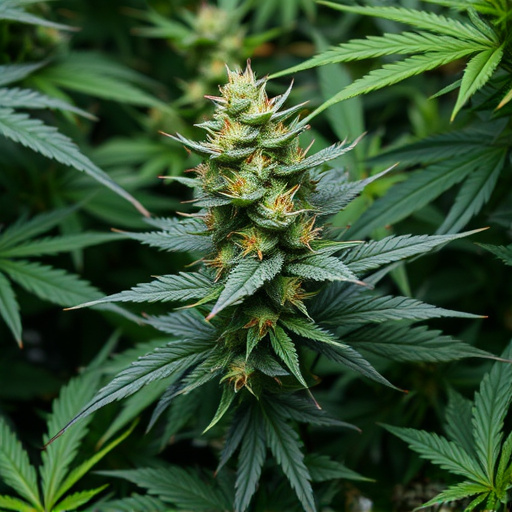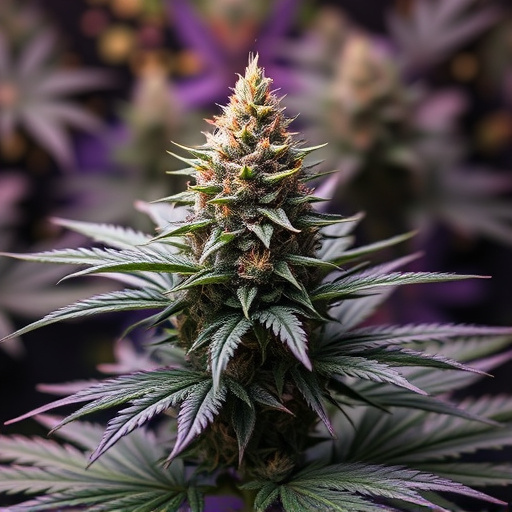Cannabis flower consumption carries potential health risks, including heart rate increases, anxiety, respiratory issues, cognitive impairments, and mental health disorder contributions. Strains vary widely in potency and chemical composition, with high THC concentrations inducing short-term effects like anxiety and paranoia, while CBD-rich strains offer therapeutic benefits. Informed decision-making requires understanding specific strain characteristics, starting with low doses, choosing suitable strains for activity level, taking regular breaks to prevent tolerance build-up, and consulting healthcare professionals.
Cannabis flower, a popular choice among users, offers therapeutic benefits but also carries potential risks. This article delves into the safety considerations surrounding cannabis consumption, exploring the impact of various strains on user well-being and the associated health hazards. We discuss strategies to mitigate these risks, emphasizing responsible use and individual differences in tolerance and susceptibility. Understanding these factors is key to navigating the world of cannabis safely, especially when considering the diverse strains available.
- Potential Health Risks Associated with Cannabis Flower Consumption
- The Impact of Different Strains on Users' Well-being
- Mitigating Risks: Safe Use and Individual Considerations
Potential Health Risks Associated with Cannabis Flower Consumption
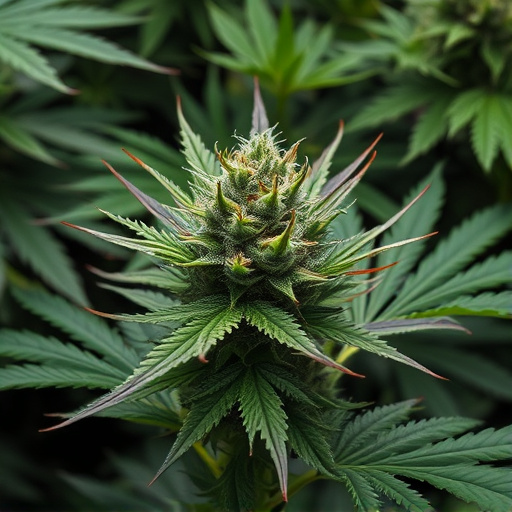
The potential health risks associated with cannabis flower consumption are a critical aspect often overlooked in discussions about its use. While many advocate for its therapeutic benefits, it’s essential to understand that different strains of cannabis can vary widely in terms of potency and chemical composition, including cannabinoids like THC (tetrahydrocannabinol) and CBD (cannabidiol). High concentrations of THC can induce short-term effects such as increased heart rate, anxiety, and paranoia, especially in users who are new to the substance. For chronic users or those with pre-existing mental health conditions, these effects may be more pronounced and potentially lead to adverse experiences.
Additionally, regular consumption of cannabis, particularly through smoking, has been linked to respiratory issues due to the inhalation of tar and other harmful chemicals present in the smoke. Some studies suggest an increased risk of chronic bronchitis and lung function decline among heavy cannabis users. Beyond these immediate risks, long-term effects may include cognitive impairments, particularly in memory and attention, as well as potential contributions to mental health disorders, especially in individuals predisposed to conditions like schizophrenia.
The Impact of Different Strains on Users' Well-being
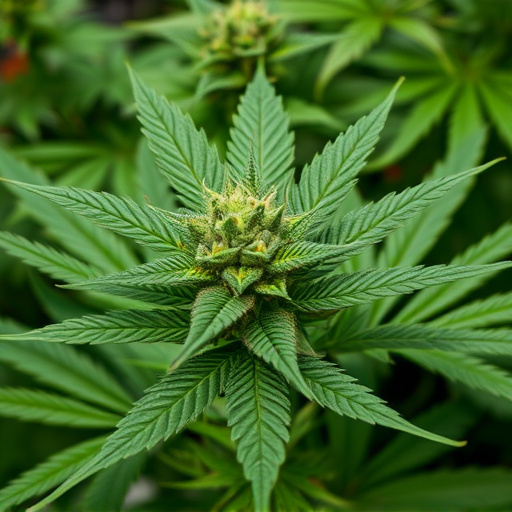
Different strains of cannabis can have varying effects on users’ well-being, depending on their unique chemical compositions. While some strains are known for their relaxing and calming properties, others may induce more energizing or euphoric sensations. The impact can also vary based on individual tolerance and receptivity to cannabinoids like THC (tetrahydrocannabinol) and CBD (cannabidiol).
For instance, high-THC strains can lead to heightened anxiety or paranoia in sensitive individuals. On the other hand, CBD-rich strains are often sought for their potential therapeutic benefits, such as reducing stress, improving sleep, and alleviating chronic pain. Understanding the specific characteristics of various strains is crucial for users to make informed decisions and manage potential risks associated with cannabis consumption.
Mitigating Risks: Safe Use and Individual Considerations
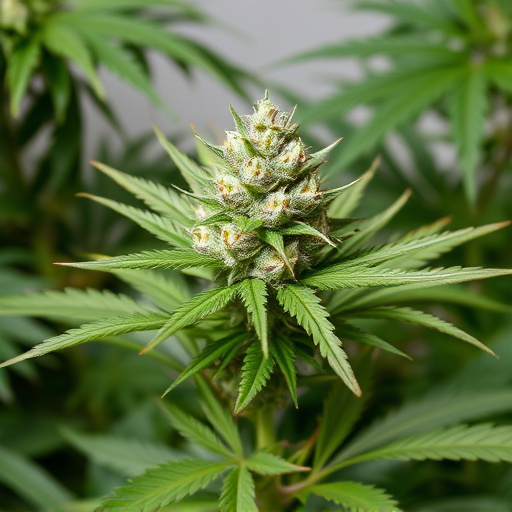
To mitigate risks associated with cannabis flower, understanding safe use practices and individual considerations is essential. When consuming cannabis, it’s crucial to start with low doses and gradually increase as needed, allowing your body to acclimate. Choosing specific strains of cannabis can also help manage potential risks. Sativa strains are often recommended for daytime use due to their uplifting effects, while indica strains are better suited for evening relaxation, potentially reducing anxiety-related side effects.
Individual factors like tolerance, overall health, and personal preferences play a significant role in safe cannabis consumption. Those new to cannabis should exercise extra caution and consider consulting healthcare professionals for personalized guidance. Regular breaks between uses can help prevent tolerance build-up, ensuring a more controlled and enjoyable experience.
While the potential health risks of cannabis flower are an important consideration, understanding different strains and their effects can help mitigate these dangers. By adopting safe use practices and taking individual factors into account, users can enjoy a more positive experience with minimal harm. Further research into the complexities of strains continues to uncover insights that promote responsible consumption.











